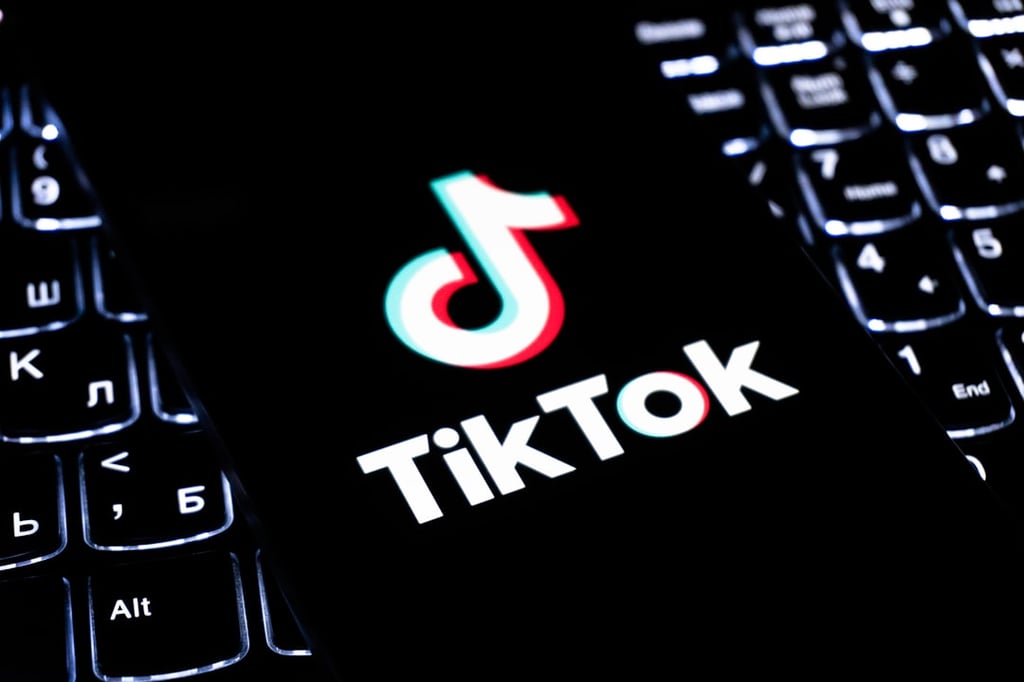Datamation content and product recommendations are
editorially independent. We may make money when you click on links
to our partners.
Learn More
Grape Networks, a Northern California-based company founded in 2002, is using wireless mesh to improve both the yield and quality of grapes for vineyards, while also decreasing costs and reducing the use of pesticides.
The company’s Wireless Mesh Sensor Networks (WMSN) start with tiny battery-powered or solar-powered nodes, which are programmed to detect humidity, temperature, soil moisture, light, metals and chemicals, among other things.
“We have a bunch of routers and radios in the field, which then transmit little bits of data back to a gateway,” says Peter Tsepeleff, founder and president of Grape Networks. “That gateway is hooked up to a directional Wi-Fi antenna that broadcasts approximately five miles away to a tower. Then, from the tower, it goes to the Internet, and our data can be viewed from anywhere as long as you have a PDA, cell phone or a Web-enabled device. You can view the data or receive an alert via Wi-Fi anywhere the Internet is available.”
The hardware, which includes a router, radio and memory the size of a quarter, is a combination of proprietary and off-the-shelf equipment.
“We use open source for our part of our hardware,” says Tsepeleff, “and we’ve developed a circuit board that’s proprietary, where we interface our sensors. It’s part open source and part proprietary. We use off-the-shelf sensors. Obviously, the software or firmware is partially open source and partially our software.”
The network, branded Climate Genie, can include thousands of individual nodes (or motes) that are 10-300 meters apart and cover as much as 100 acres per network. The cost varies by terrain. A vineyard in a hilly region, such as Napa, California, may require more motes than one in a flat location, but the base price is $150/acre with a minimum of 100 acres (or $15,000) per vineyard. (The average California vineyard is between 50-100 acres.) After the first year, partners are charged a subscription fee of $75/acre to maintain the network.
Growers use the information provided by Climate Genie to determine when to water, apply pesticides or make other adjustments. The sensors used at each vineyard are customized to meet the needs of that particular winery. If a farmer wants to monitor water and light but not chemicals, she can do that; if a farmer wants to be alerted to movement, she can opt for that.
In addition to making it easier to grow better grapes, the Climate Genie network reduces the amount of chemicals dumped on crops.
“There is a mildew effect, like on roses, that affects the quality of the grape and the health of the vine,” says Tsepeleff. “A lot of vineyards spray sulfur onto the vineyard, sometimes every week, to prevent the formation of mildew, which may destroy their crop. The Napa River extends all through the valley; any chemicals that you spray on your vineyard eventually gets into the Napa River and then goes into San Francisco Bay. With just using two parameters — temperature and humidity — you can predict the formation of mildew. Instead of spraying once a week, we could say you don’t really have to spray yet, or you could just spray in certain sections. This way, you save labor and reduce pollution. It’s the same thing for pesticides, too. It’s very environmentally friendly. We like to think of ourselves as a ‘green company.’ Not only does the farmer save on labor costs, fertilizer, fungicides and water, it has a huge impact on the environment.”
Given the Climate Genie’s ability to detect chemicals and broadcast that information to distant locations, the network has obvious industrial and military or “homeland security” uses, but for now, Tsepeleff says the privately-funded company with roughly a dozen employees is keeping its focus on agriculture.
“We can monitor many different areas,” Tsepeleff says. “We could do carbon monoxide home and office automation. We could monitor for troops in Iraq. We can tell via satellite where every car and person is, but with chemical sniffers, we could also tell what’s inside the car. We have no competitors in agriculture. In defense, I’m told people do it, but it’s a secret. I don’t know who. A homeland security or military agency comes to our Web site on almost a daily basis. We may move someday into homeland security or military applications, but it’s government. We chose this because it’s private. We don’t have to go through any big contracts. We will someday, when we have so much money we don’t know what to do with it. The market is so huge for what we’re doing, we don’t see us moving into anything else.”
Currently, Grape Networks’ customers include vineyards such as E&J Gallo and Beringer, as well as nurseries in the Napa Valley, Central Valley, and Carmel Valley in California.
This article was first published on WiFiPlanet.com.
-
Ethics and Artificial Intelligence: Driving Greater Equality
FEATURE | By James Maguire,
December 16, 2020
-
AI vs. Machine Learning vs. Deep Learning
FEATURE | By Cynthia Harvey,
December 11, 2020
-
Huawei’s AI Update: Things Are Moving Faster Than We Think
FEATURE | By Rob Enderle,
December 04, 2020
-
Keeping Machine Learning Algorithms Honest in the ‘Ethics-First’ Era
ARTIFICIAL INTELLIGENCE | By Guest Author,
November 18, 2020
-
Key Trends in Chatbots and RPA
FEATURE | By Guest Author,
November 10, 2020
-
Top 10 AIOps Companies
FEATURE | By Samuel Greengard,
November 05, 2020
-
What is Text Analysis?
ARTIFICIAL INTELLIGENCE | By Guest Author,
November 02, 2020
-
How Intel’s Work With Autonomous Cars Could Redefine General Purpose AI
ARTIFICIAL INTELLIGENCE | By Rob Enderle,
October 29, 2020
-
Dell Technologies World: Weaving Together Human And Machine Interaction For AI And Robotics
ARTIFICIAL INTELLIGENCE | By Rob Enderle,
October 23, 2020
-
The Super Moderator, or How IBM Project Debater Could Save Social Media
FEATURE | By Rob Enderle,
October 16, 2020
-
Top 10 Chatbot Platforms
FEATURE | By Cynthia Harvey,
October 07, 2020
-
Finding a Career Path in AI
ARTIFICIAL INTELLIGENCE | By Guest Author,
October 05, 2020
-
CIOs Discuss the Promise of AI and Data Science
FEATURE | By Guest Author,
September 25, 2020
-
Microsoft Is Building An AI Product That Could Predict The Future
FEATURE | By Rob Enderle,
September 25, 2020
-
Top 10 Machine Learning Companies 2021
FEATURE | By Cynthia Harvey,
September 22, 2020
-
NVIDIA and ARM: Massively Changing The AI Landscape
ARTIFICIAL INTELLIGENCE | By Rob Enderle,
September 18, 2020
-
Continuous Intelligence: Expert Discussion [Video and Podcast]
ARTIFICIAL INTELLIGENCE | By James Maguire,
September 14, 2020
-
Artificial Intelligence: Governance and Ethics [Video]
ARTIFICIAL INTELLIGENCE | By James Maguire,
September 13, 2020
-
IBM Watson At The US Open: Showcasing The Power Of A Mature Enterprise-Class AI
FEATURE | By Rob Enderle,
September 11, 2020
-
Artificial Intelligence: Perception vs. Reality
FEATURE | By James Maguire,
September 09, 2020
SEE ALL
ARTICLES



